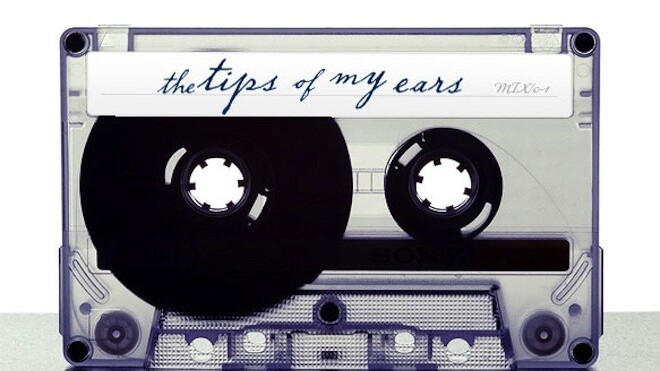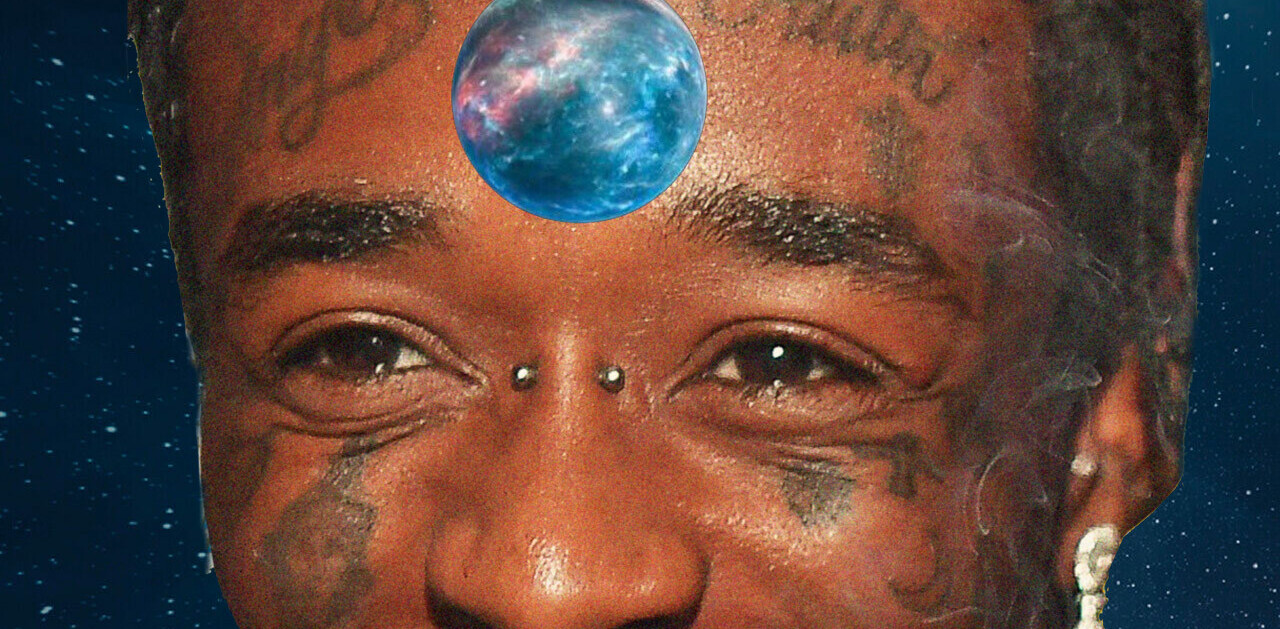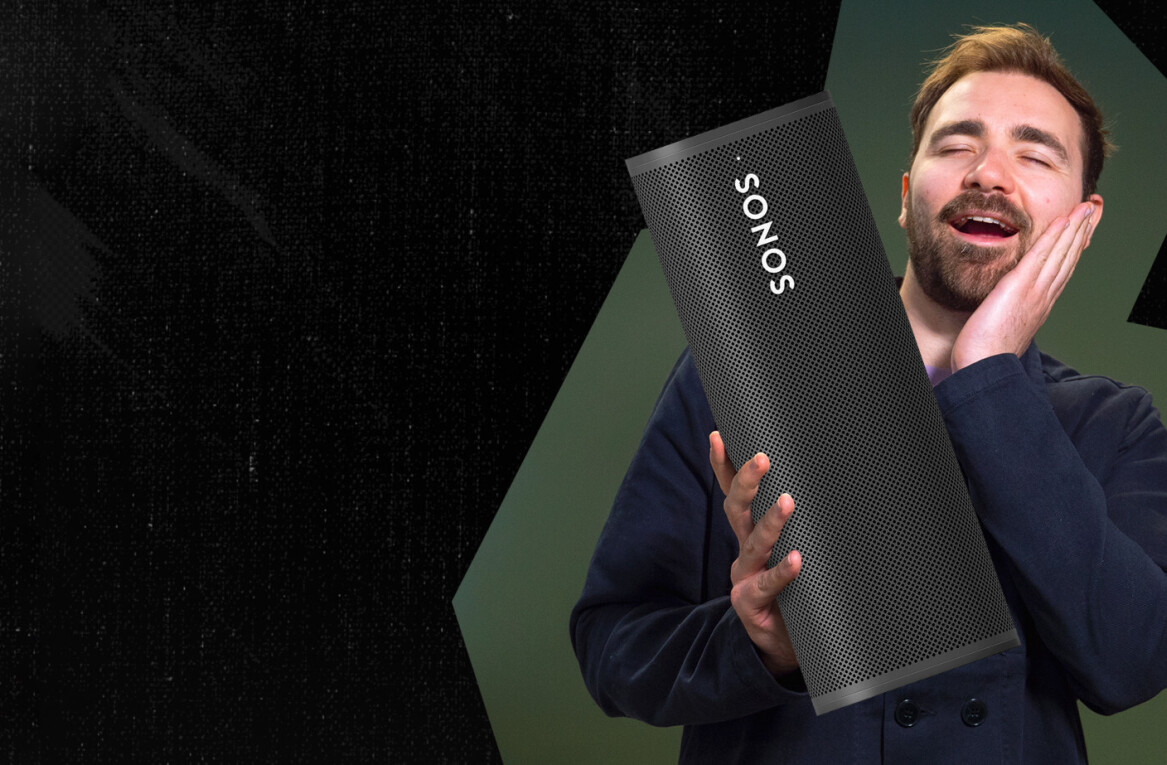
I remember being a kid and hearing about how recording songs from the radio onto a casette tape was killing music. It was happening all over the world, most prominently in the UK where the “Home Taping is Killing Music” campaign was apparently everywhere to be found. I never really bought into the hype, as a young kid whose mom was far more into Lionel Richie than my own tastes for Van Halen and Yes.
Fast forward a few years and I’m in college. A bit later that most. mind you. I was 21 and had gone into the military first. Napster was alive and well and there was a wonderful world of music to be found. I remember being frustrated with people who only had parts of albums or who had every song except the one that I wanted. Eventually it led to me going out and buying the album anyway (paid digital downloads were still pretty foreign, mind you) and it was then that I realized that the industry as a whole absolutely had to change.
Some 12 years after Napster’s first days, artists are still finding ways to make money and labels are still blaming digital for killing music. As our definition of ownership has changed (physical media became digital files became streaming licenses) so too have the ways in which the tenacious musician has found a way to pay the bills while doing what they love.
I’ve spent this week talking to music labels (three, to be exact, none of which would allow attribution for anything that they said), previously-huge artists and those who one day will be. My goal was to find out how artists were finding ways to make money in an era where digital piracy is rampant. As many people as you’ll talk to, that’s how many different stories that you’ll find. But some of the people who would allow themselves to be quoted had some great insight and we’ll talk about that here.
A History Lesson
If we look at the golden era of the corporate music industry, it had to run from around the late 1960’s to the birth of Napster in the late 1990’s. For 30 years studios got more extravagant, music became less about creativity and more about the quick buck. In order to pay for the overhead of time spent in those studios, labels were loaning out huge amounts of money to artists. Mind you, I said loaning. These advances went to pay for albums being recorded and for tours being set up, but it was all money that had to be paid back on the success of the album.

Not all of this opulence was bad. There were some brilliant studio albums recorded during these days. But as time went on, the churning factory of the music label started to become more apparent. It also became more apparent that a fancy studio wouldn’t necessarily be what made a second or third album better than the ones that came before it.
A Geography Lesson
In all of the people that I’ve talked to this week, only one has provided me with insight as to how geography can reflect on the career of an artist. Steve Lawson is a unique breed of musician. He plays music solely on a bass guitar, making sounds that most people would never know could be made with the instrument.
He’s been an independent musician for many years, using a number of different methods to sell his songs (more on those methods later). Based in London, Lawson says that there’s a defining difference in how artists in the rest of the world compare to those in the US.
“The most enormous thing hanging over the head of a US musician is worries about healthcare. You could fall ill and be half a million in debt without even trying. Here it’s much safter to do part time work and make music part time because the National Health Service has us covered.”
Lawson does say, however, that there are disadvantages to being in a smaller geographic location.
“UK bands have always had to be more imaginative in the studio. They just don’t have the training ground of playing 300 shows before they get into the studio. Gigging constantly has never been an option in the UK for an originals band. Whereas in the US you can play 300 shows a year and never repeat the same town, here if you do 30 shows you’re pretty much done with the UK for the year.”
So while UK artists don’t have the opportunity to perfect a song before going into the studio to record it, US artists are faced with trying to live up to a live performance when recording a record. Lawson points to the success fo Dave Matthews, who played to “thousands of people a night before he had a deal”. Because of these geographic limitations, both sides feel pressure to do well in the studio, but for completely different reasons.
A Finance Lesson
 Powerful computers and easily-accessible software have leveled the playing field, somewhat, between what studios could offer and what artists could do on their own. At the same time, as the industry on the whole has faded, studios are feeling the pinch and they’re more willing than ever to offer recording time at bargain prices versus having the studios go empty.
Powerful computers and easily-accessible software have leveled the playing field, somewhat, between what studios could offer and what artists could do on their own. At the same time, as the industry on the whole has faded, studios are feeling the pinch and they’re more willing than ever to offer recording time at bargain prices versus having the studios go empty.
As more artists are finding, with the power in their own hands, there is very little need to have studio time in order to produce a track or an album. It could arguably be said that the only time a recording studio is required is when a band wants to be in the same place at the same time and even then only if the drums being played are acoustic. A setup like this requires more room than most of us have in our homes and studios still provide that option.
The other side of this lesson in finance is in how artists are taking the routes available to them and monetizing with them. Sites such as Bandcamp have helped millions of artists find not only an outlet for sales but also a light at the end of a very dark tunnel. Bandcamp allows artists to upload music, keep fans abreast of happenings and sell their tracks without the limitations of pre-determined pricing.
While there are other great options available — iTunes, Amazon MP3 and other, more niche-oriented sites such as Beatport and Track It Down — Bandcamp has stood head and shoulders above the rest. But there’s a catch – no label support means that artists have to have their own accounts.
That fact brings us to one more lesson.
An Entrepreneurship Lesson
The state of the industry as a whole is one of disarray. Labels and executives are still trying to figure out how to squeeze every possible dollar, creativity be damned. Meanwhile, artists are finding themselves in a unique position. It used to be that a music star was rich beyond dreams and never had a care. Now, in order to even start to see the spoils, it requires more work than it ever has before.
 Oh sure, there are still labels paying out handsome sums of cash for over-churned, tasteless drivel but more often than not, we’re seeing artists turn toward self-publishing and name-your-own-price methods. Even some hugely popular artists (notably Nine Inch Nails and Radiohead) have taken the plunge, asking fans to pay what the album is worth to them, leaving labels scratching their collective heads.
Oh sure, there are still labels paying out handsome sums of cash for over-churned, tasteless drivel but more often than not, we’re seeing artists turn toward self-publishing and name-your-own-price methods. Even some hugely popular artists (notably Nine Inch Nails and Radiohead) have taken the plunge, asking fans to pay what the album is worth to them, leaving labels scratching their collective heads.
The lesson to be learned here is one of David versus Goliath. Instead of taking an approach where the industry had to be the status quo, musicians who do their craft for the love of the craft are finding new avenues to pay the bills. Limited-run vinyl pressings, digital packages including lyrics and wallpapers are among many methods that artists have found, and they continue to push forward in search of more.
Interestingly, there are many parallels between what has caused the failure in the music industry and what causes failures in technology companies. Neither of these paths should be get rich quick schemes and yet they’ve both been farmed out to be so. Massive amounts of money are thrown at artists and entrepreneurs, all with the hope of a quick success and then a slow fade. If music has the 27 club then technology has the 3 club. Three year old companies, filled with talent and money, going out in a blaze of glory with ashes in their wake. It’s something that we see daily in technology. Fortunately we see it less so in the lives of musicians.
So where is the cash? Lawson posits that it’s still readily available to those who are willing to think differently about how they make it.
“What am I doing? I’m making music and inviting people to listen to it. I’m asking those who are listening to tell their friends. I still send out some info to magazines and radio, but I rarely bother.”
Instead of relying solely on the sale of singles, Lawson and his US-born wife also sell memory sticks with a discography of all of their work. They’re marketing via Bandcamp customers, since every Bandcamp sale gives them the email address of the buyer. In short, they’re focusing on the craft of the music business, instead of the cookie-cutter platforms that have proven to be unsustainable.
The entirety of grass-roots success in today’s music world relies on shifting the way that we think about distribution. With sites such as Virb, SoundCloud and Bandcamp (to name only three of literally hundreds) there is an opportunity to reach a drastically wider audience than artists have been able to have in the past. We have to look away from music sharing as only a way of taking money out of the pockets of the artists and more toward the idea of it being a discovery system.
“The problem is that few people seem to acknowledge that we’re escaping from an utterly broken business model, not ruining one that has worked for musicians. The recording industry was, historically, a sweatshop. I pretty much see no downside to where things are heading, unless you’re trying to hold onto the old way of doing things. If you think that music should be macro-industrial, with third-party distribution and the trappings of fame, you’re basically screwed.”
As streaming services such as Rdio, Spotify and the like become more ubiquitous, smart artists are leveraging them but not relying solely upon them. Artists are returning to their roots, but doing so with a modern-day spin. They no longer have to go stand on street corners and hope for coins in a guitar case. Now they can be on every street in the world, with a tip jar as big as their banks can hold. The A&R mentality of “only the hits” is dead. Now if we could get more entrepreneurs to think the same way.
Get the TNW newsletter
Get the most important tech news in your inbox each week.





